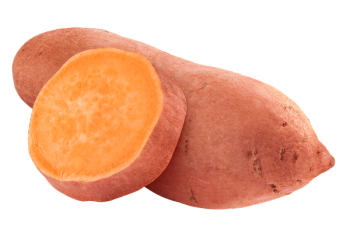
Combination of Techniques Simplifies MAb Analysis
The latest research, published as an early view article in Analytical Chemistry, shows that scientists in the Department of Analytical Sciences at Amgen have used a combination of techniques?affinity chromatography, high resolution mass spectrometry, and a derivitisation procedure?to simplify the analysis of post-translational modification of the core of proteins and monoclonal antibodies.
The latest research, published as an early view article in Analytical Chemistry, shows that scientists in the Department of Analytical Sciences at Amgen have used a combination of techniques?affinity chromatography, high resolution mass spectrometry, and a derivitisation procedure?to simplify the analysis of post-translational modification of the core of proteins and monoclonal antibodies. Often, the sugars (glycans) are added to new drugs by enzymes or carbohydrates, which can impair the quality of the product and its efficacy?ultimately impeding regulatory approval.
Using an investigational MAb using MS techniques, researchers detected a minor species that hinted that an unwanted glycation event was occurring somewhere in the production process. Boronate affinity chromatography was used to adsorb the glycated protein while enabling the unmodified proteins to be eluted. To determine the glycation site, the researchers employed a derivitisation procedure that stabilized the molecule. Researchers feel confident that no one method alone can reveal a true analysis of the presence of glycation.
Newsletter
Join the global community of analytical scientists who trust LCGC for insights on the latest techniques, trends, and expert solutions in chromatography.





